A Bulletin Board Of Chinese Events
Local papers often featured Chinese banquets in general news columns. Along with advertising delectable menus and entertainment, shared events reflect community engagement. From Lunar New Year Banquets to private dining clubs, small banquets demonstrate how food brings people together.
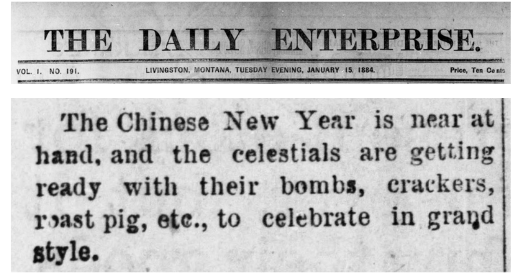
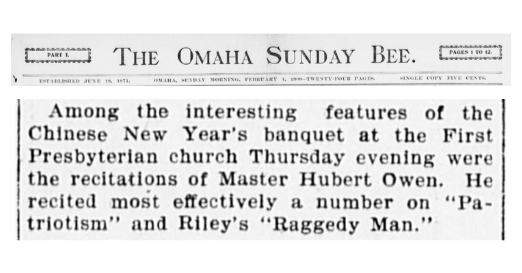
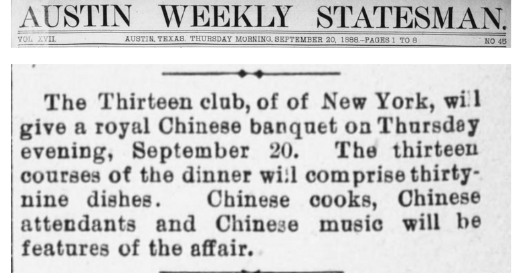

Eating as a reflection of culture for political diplomacy
Vice PResident Hendricks
Banquets and politics clash when politicians are on the guest list. In 1885, Vice President Thomas Hendricks failed to appear at an 1885 Chinese New Year’s Banquet. Indiana newspapers seemed confused on whether he really attended the event, but his avoidance was cited to be because he did not want to make any comments on the Chinese Exclusion Act. Though dining does not seem as political as being at an active protest or on the Congress floor, culturally charged events tie together dining and public opinion. Thus, tracking banquets is an interesting way to examine government officials’ political leanings.
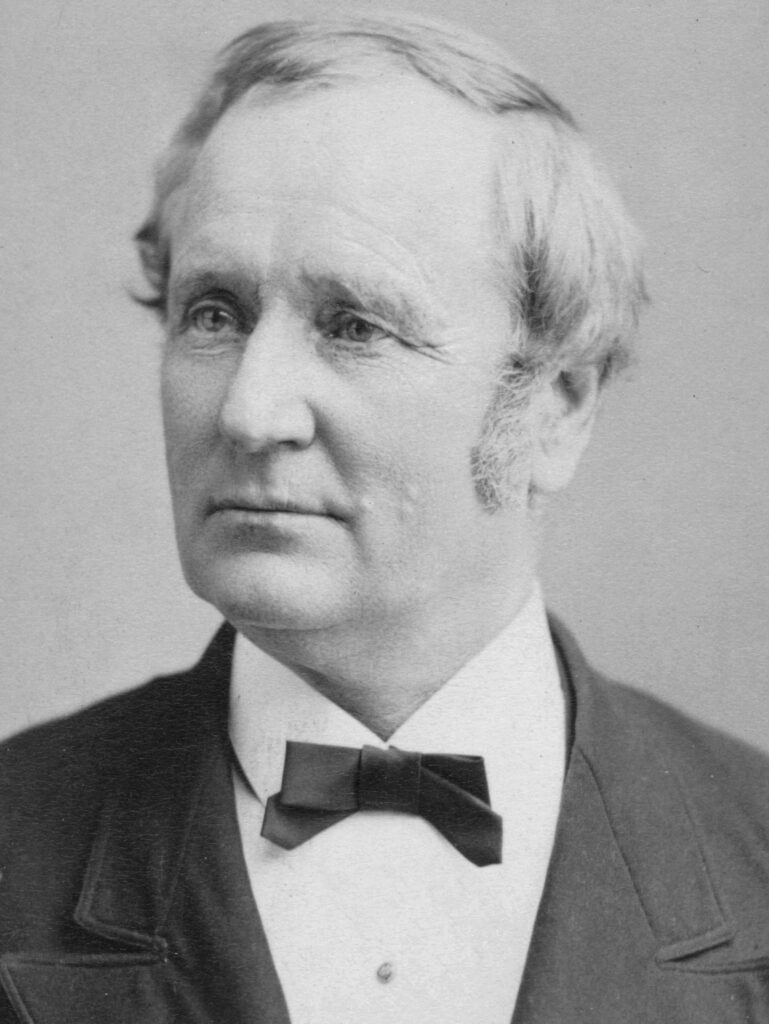
Chinese Ministers MoCked at Banquet
Called “Biped Pigs at a Chinese Banquet,” writers for an 1892 edition of The Pittsburgh Dispatch criticized Chinese Minister Tsui Kwo Yin and his wife Madame Tsui as “heathen Chinese.” Banquets have political diplomatic importance that reflects overall cultural perceptions between countries.
Reporters use banquet dining culture to create negative cultural impressions. Because it was easier for readers to pick up on compared to complex political digs, the writers connect the ministers’ level of “civilization” to their eating etiquette.
Banquets as Locations of Community after Tragedy
Food was not only for celebratory events. The following article describes a banquet held in reaction to the 1885 Rock Springs Massacre in Wyoming, illustrated to the right by T. de Thulstrup. The article notes “In his address to his fellow Chinamen, the consul referred to the Wyoming outrage at some lenght, and said he had no doubt the American government would see justice done in the matter.” Because food brings together community, it creates space for groups to reflect on tragedies and collectively call for action.
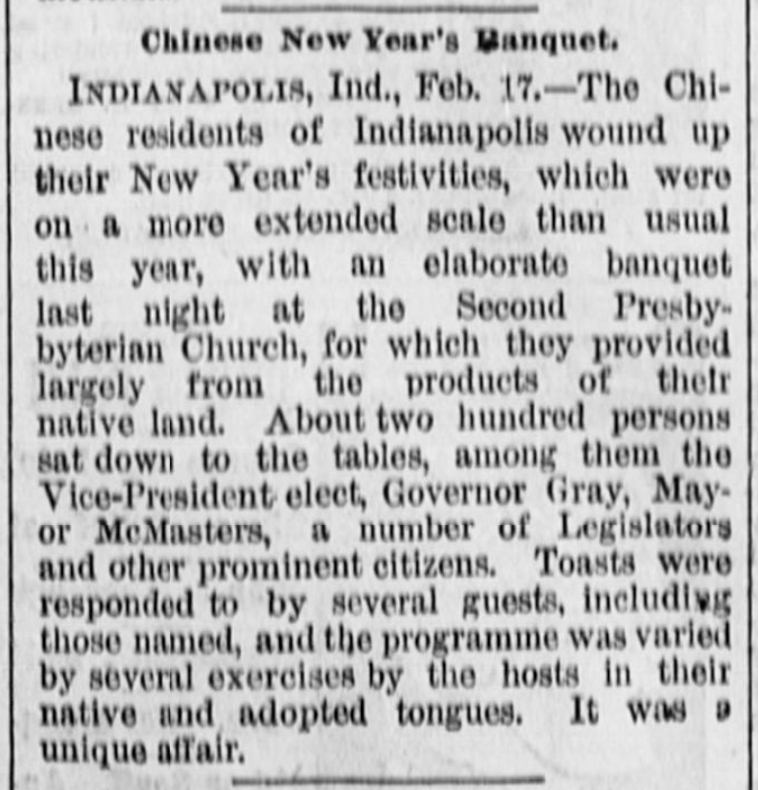

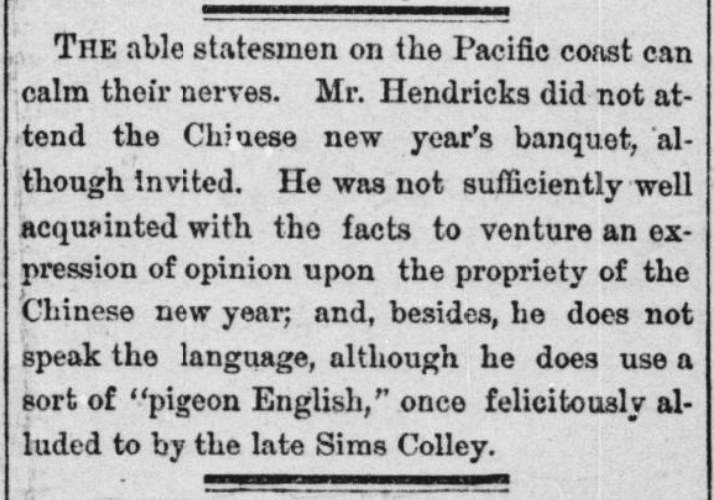
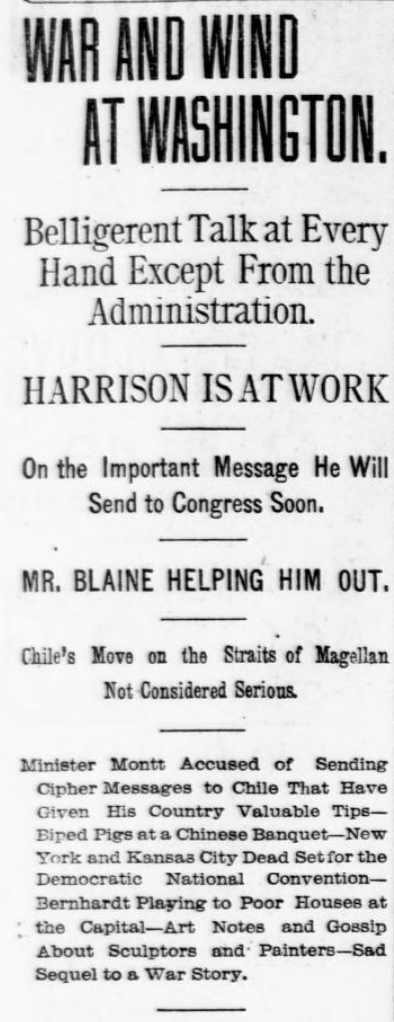
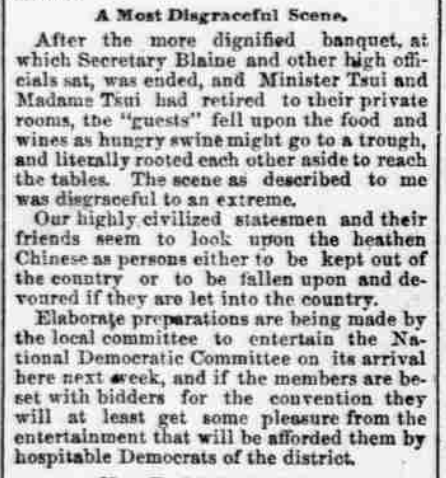
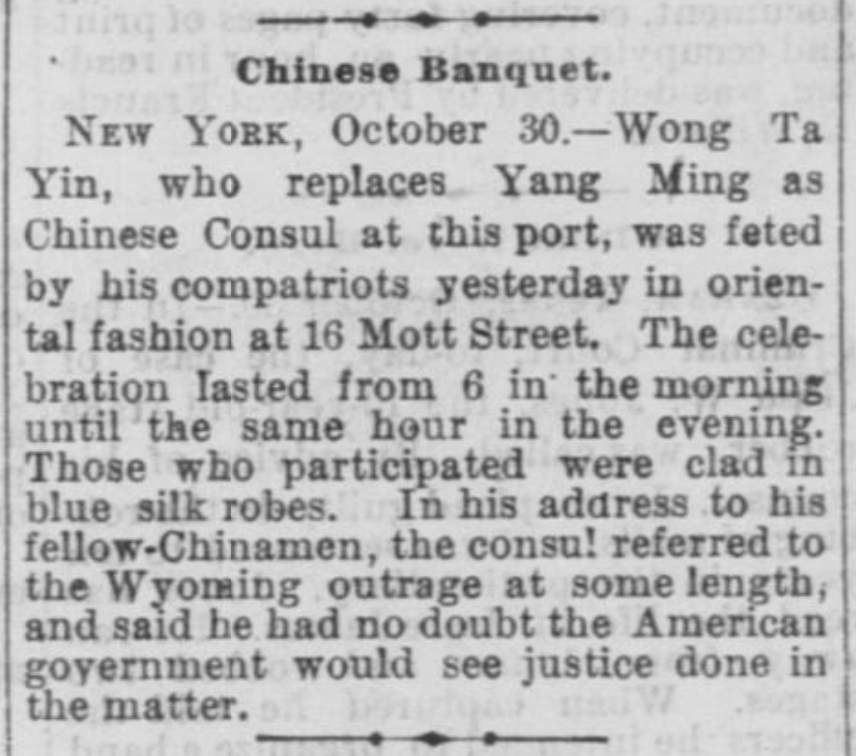
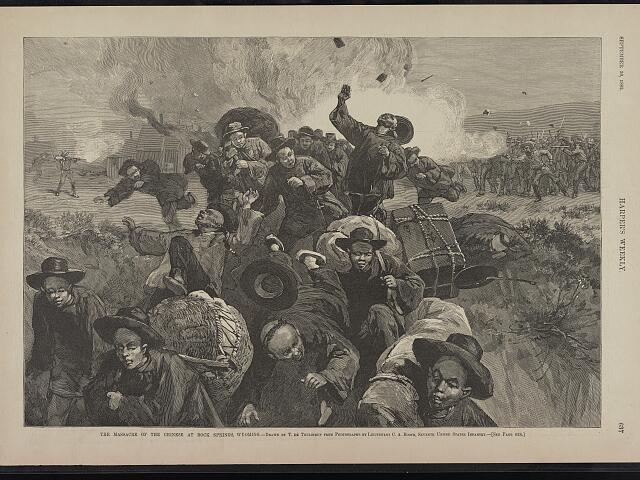
Leave a Reply